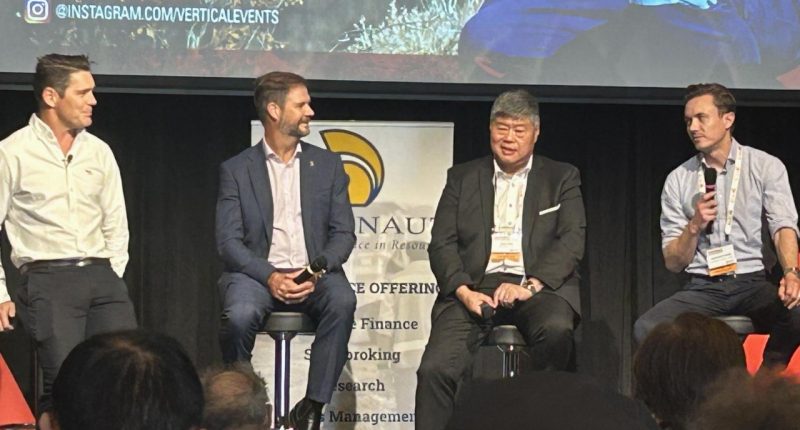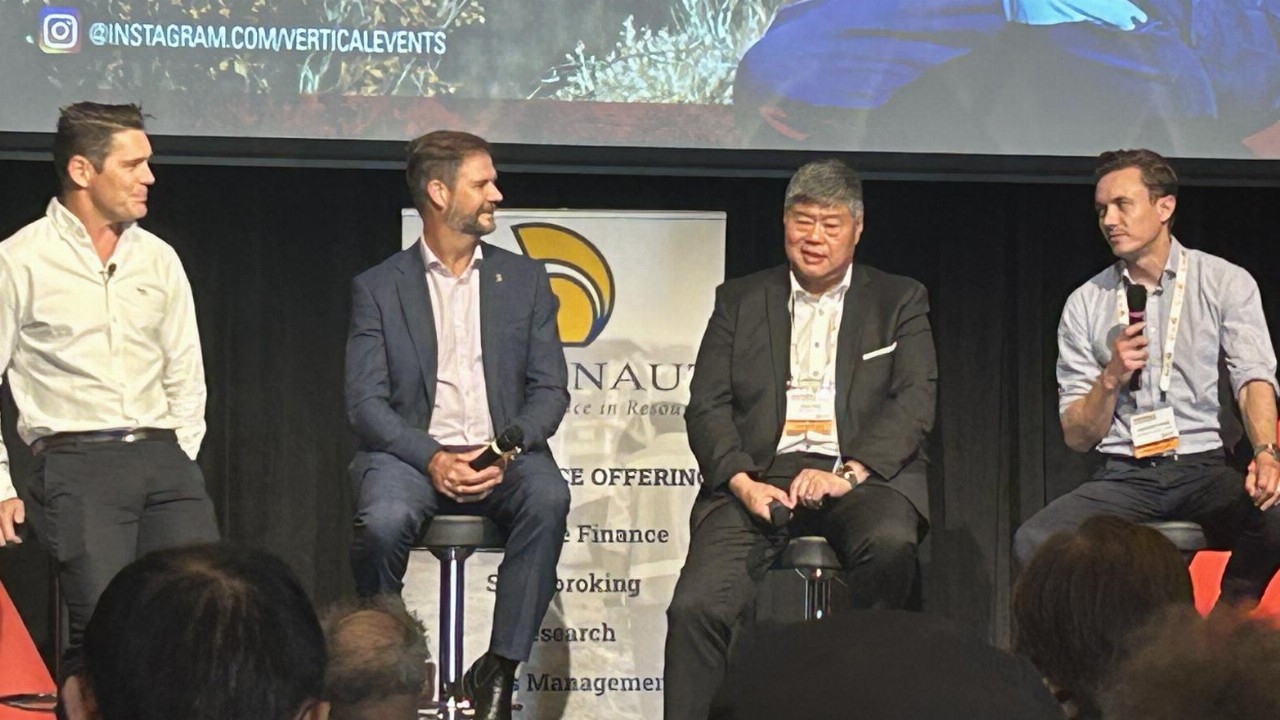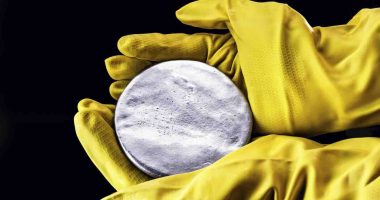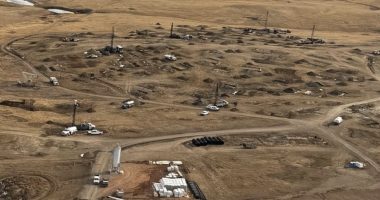Uranium prices have been on the rise as a physical commodity. At US$80 a pound, it’s now up nearly 60 per cent year-on-year.
On the other hand, lithium has turned down by 77 per cent year-on-year.
Of course, it’s not the first time Uranium’s been this high.
It was sitting at US$135 a pound before the bubble burst mid-2007, and, was rising again in the lead up to the Fukushima earthquake disaster.
So, with the price on the rise again – what’s to say it won’t fall off the cliff again if there’s another high profile incident?
Decarbonisation focus at RIU
Can uranium and lithium work together to reduce carbon emissions? That was the topic of the final panel session of the RIU Resurgence Conference in Perth this week.
On the uranium front was Brandon Munro from Bannerman Energy, a company developing a project in Namibia.
He said the project was ‘shovel ready’ and just awaiting a formal mining licence.
“We expect terms and conditions to improve further,” Munro said.
“We expect patience will produce a better outcome for shareholders.”
Munro, for one, is bullish. He argued there are key factors supporting uranium now that haven’t been the case across the last decade and beyond.
Uranium fragility and ETF wins
Munro posited there was supply fragility after previous price crashes saw numerous mines put on care and maintenance, including in Kazakhstan which still provides 40 per cent of world production.
He also added the Sprott Physical Uranium Trust (SPUT) – a listed vehicle which raises funds on the TSX and uses it to buy uranium – had provided ‘financial power in the sector’.
“As an at the market facility, it trends NAV (Net Asset Value) positive in its unit price,” Munro said.
“They have soaked up all of the mobile inventory and as a result, the market is very tight. It’s basically a uranium-backed ETF, it’s grown phenomenally.”
“The demand signals are now very real, so back in the last boom, it was this conceptual renaissance that hadn’t been realised in fact – whereas now, we are realising a renaissance in real time that’s underpinning strong demand growth and widening the supply deficit,” Mr Munro said.
“There just isn’t enough.”
Public perception of Uranium, Lithium
Mr Munro – who serves on the World Nuclear Association Director Generals Advisory Council in London – admitted the industry did require co-ordinated communication.
Also on the panel was Iggy Tan from Lithium Universe and Altech Batteries. He told the audience the upcoming generation needed to be educated to change their hesitance around uranium.
“At the moment, lithium will play a significant role with exceptional growth expected for both the Electric Vehicle (EV) and grid storage sectors,” Mr Tan said.
“Uranium will still have to overcome the public Fukushima perception issues.
“It still has a way to go to win the hearts and minds of the public – particularly the younger generation.
“There is one voice for lithium and that’s Elon Musk.
“Uranium needs someone like [Musk] to shift the thinking and until then it will be an uphill battle.”
Nuclear waste ‘to be celebrated’
“What about waste?”, was a question from the floor, “it seems to be the Achilles heel of nuclear power”.
The response: “Every bit of waste is captured at site, not put into rivers or landfill (…) it should be celebrated in our industry, not feared”.
Mr Tan argues both lithium and uranium will have an important place in future energy.
“Solar and wind and renewable energy will never disappear but keep growing,” he said.
“The sun is still the most powerful renewable energy we have. Lithium is the most reactive element on the periodic table and will always be used for energy storage and well into the future.
“Uranium use will also grow, but will never be the only source of power.”
Mr Munro added his view the EV revolution was spearheading the ‘electrification of everything’.
“[This trend] in turn has led the world to understand that global electricity demand will skyrocket over the next three decades as the world grapples with the challenge of industrial decarbonisation,” he said.
“This electricity growth is driving the essential role of nuclear power and therefore uranium demand.
“On the other hand, electric vehicles will need clean baseload power to realise their potential, and, nuclear power is the superior clean baseload alternative for recharging the EV fleet.
“What’s driving lithium demand is vehicles and if those vehicles are powered by coal, or if the power isn’t available because it’s an unstable renewable grid, then that affects the demand for (those) vehicles.”
Boom and bust
Dr Cameron Perks from Benchmark Minerals Intelligence said there was a duty to communicate the energy deficit and to ‘encourage new projects to come on line’.
“There will always be boom and bust in the market,” he said.
But when it comes to lithium, he argued the spike in the spodumene price had damaged demand for lithium.
He said a price of US$1500 to US$2000 a tonne could prove sustainable for the longer term. The price sits at US$1885 tonne as at November 24.








